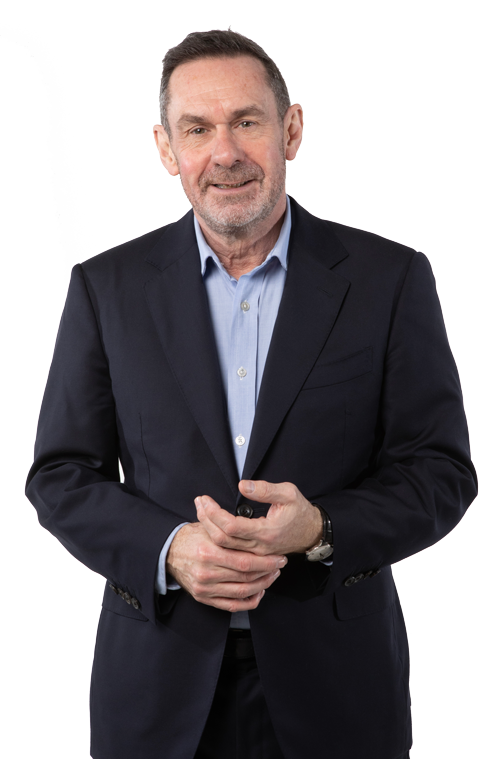
History
The first fascism was born amid the slaughter of the First World War. While millions of people took part in revolutions and peace movements, some discovered they loved war, dehumanisation and mechanised violence. They formed violent movements to suppress the post-1918 workers’ revolutions. The Russian Civil War became a training ground for a generation of Europeans dedicated literally to “killing Marxism”.
Then, in Italy, the fascist movement seized its chance. In How to Stop Fascism, Paul Mason re-runs Mussolini’s rise to power as “a board game with five moves” – showing how his victory was not inevitable, but that the left, liberalism and the trade unions made needless mistakes, squandering the chance to build a united anti-fascist movement that could vie for influence with the fascists.
Mason looks at Hitler’s rise to power, between 1929 and 1933 through the eyes of left-wing activists and theorists, as they fought each other instead of the Nazis, only to wake up “dazed” on the day of Hitler’s victory, forced to surrender without a fight.